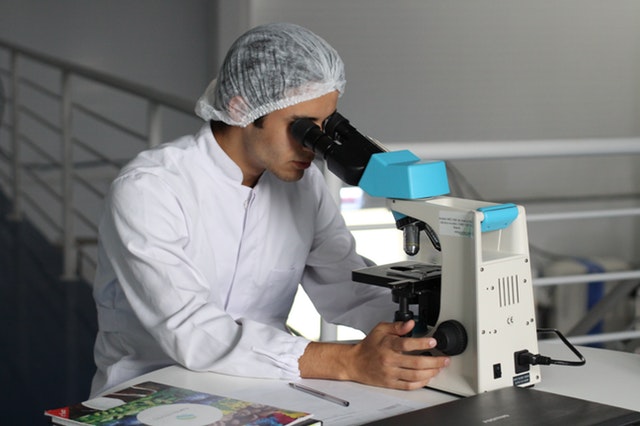Getting the Most out of Your Biopsies – presented by Dr. Tammie Ferringer
Pearls Submitted by Misty Eleryan
Biopsies are a very important part of our practice as dermatologists. In order to get the most out of your biopsies for an accurate diagnosis, you must avoid some of the pitfalls that can result in delay of diagnoses or incorrect diagnoses. So, here are some things to consider.
1.) Where’s the weak link? Is it the clinician, nurse/aid, or courier/mail?
Avoid the “Iceberg Shave”- This is seen when clinicians do a very superficial shave when the “meat” of the lesion is deeper. This is particularly seen in acral sites, so remember you must go deeper to get what is needed for diagnosis.
Avoid the “Puzzle piece”- ex: LMM; take multiple samples from different areas. Sometimes the darkest area isn’t the melanoma, so you don’t want to miss something.
Where’s the specimen? Remember to look inside the punch biopsy hub, because sometimes you think you have it in the bottle but it’s just the fat. Always check the hub and recheck to ensure that the specimen is in the specimen container.
“Container 3 card monte/label lottery/requisition roulette”- Occurs when specimen gets switched and pathologist gets note saying something is one thing but it clearly isn’t.
Happens a lot with pre-labeling so be efficient in your workflow to make sure everything orderly and stepwise.
Make sure the print outs on labels don’t get patients mixed up with similar names.
Make sure to have biopsy logs so that you know that you make sure you’re getting results back.
2.) What does pathologist say when interpretation is limited by amount of tissue?
Delay in diagnosis (needs deeper sections/stains), you get longer comments, mistaken diagnosis, recommend 2nd biopsy, phone call for clarification, or hedging/waffling (i.e. clinical correlation required, no evidence of malignancy in specimen provided, consistent with or compatible with…)
3.) Choosing the correct biopsy location and type is crucial to maximizing your biopsy yield.
Get most indurated/involved areas EXCEPT if vesiculobullous, pustular or vasculitis. In those cases, choose a newer lesion.
Avoid necrosed, scratched or traumatized lesions, because it will have something hiding beneath it that could be missed.
If it’s more than one morphology, then do more than one biopsy.
Consider the depth of skin involvement when deciding the type of biopsy to do (ex: GA). Keep your differential diagnosis in mind. Some examples are:
Morpheaform BCC- punch biopsy
Suspected MF- shave biopsy in areas that have been untreated for 2-3 weeks and multiple sites. If you get same clone from 2 different sites, it is more convincing
Alopecia- use 4mm punch biopsy
Scarring alopecia- go to areas of early thinning with visible scale/erythema
Non-scarring- area of advanced thinning, area where +pull test site
Bullous disorder- shave or punch intact blisters and get edge so that it’s intact.
BEWARE FALSE NEGATIVES ON LOWER EXTREMITIES FOR DIF!!!!
If negative, consider doing it again.
DIF from formalin? Not for pemphigus but maybe for bullous pemphigus and dermatitis herpetiformis. It can tolerate maybe a few hours in formalin, but just keep in mind that if it returns negative, may have to repeat.
4.) Specimen requisition
Make sure to give a clear history of infections, malignancies, travel history, prior treatment, prior biopsies, duration and any changes.
Just remember the 5 D’s : demographics, description, duration/change, diameter, differential diagnosis
Pictures, pictures, pictures!!!
5.) Know when not to biopsy. Do not biopsy Lyme Disease because it’s not helpful at all.
Don’t rely on margins for shaves!
Don’t throw away cysts, because you could potentially miss a malignancy.
Keep open lines of communication with your dermatopathologist!

